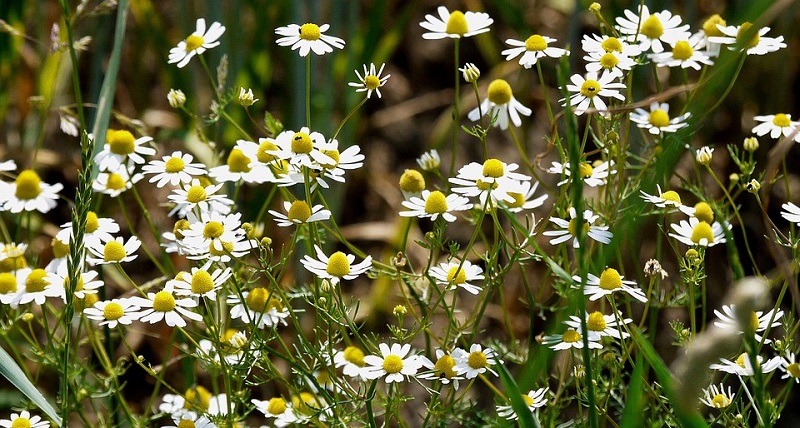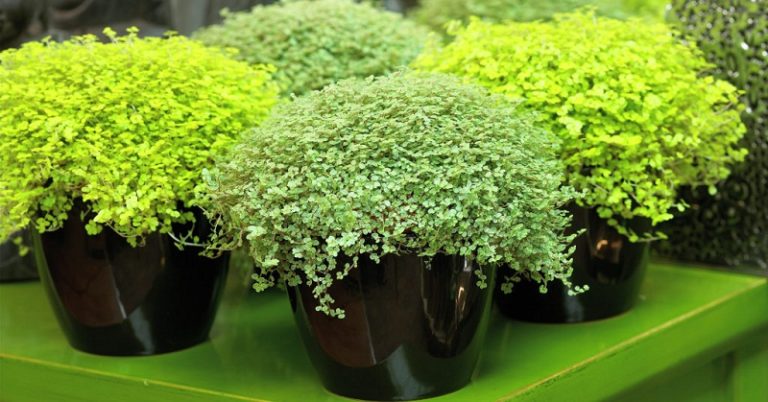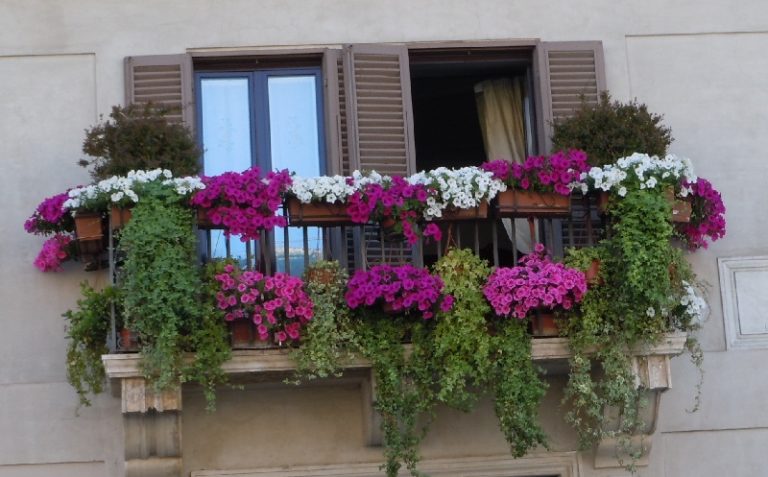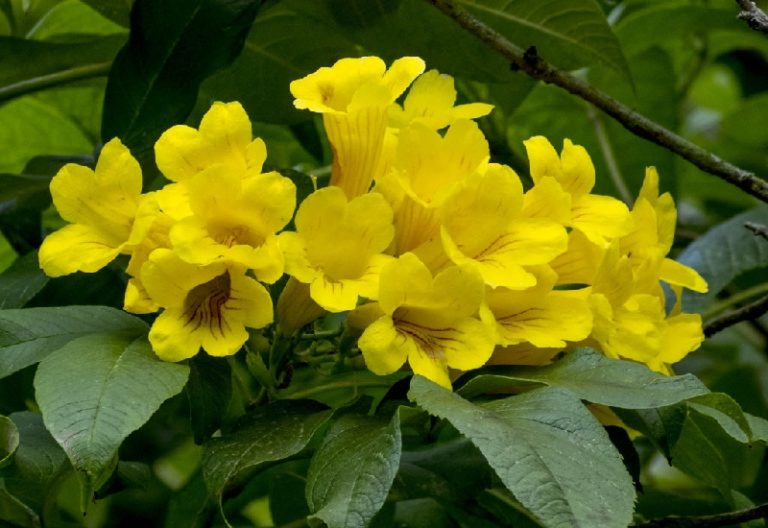Chamomile officinalis – cultivation, care
Chamomile officinalis is a plant of the Asteraceae family, which does not require special care, but surprises with its beneficial properties.
Chamomile officinalis or pharmacy is an annual medicinal plant of the Asteraceae family, found everywhere in Ukraine, Europe and North America. Despite the use of chamomile in both folk and official medicine, it is still classified as a weed that can be found on roadsides, in wastelands, in fields, gardens, and so on. Although today there are breeding varieties of chamomile containing more essential oils, most lovers of traditional medicine prefer to independently harvest odorous raw materials, because the success of treatment often depends on when and how the flowers were collected.
Read about the healing properties of chamomile officinalis in the article“Medicinal herbs: chamomile officinalis”
How and when to plant chamomile
It is customary to sow chamomile in late summer – early autumn. In this case, the yield promises to be maximum. But a month before sowing, it is necessary to prepare the soil. For sowing chamomile, it is better to choose a well-lit area, dig it up and fertilize it. As a fertilizer per 1 square meter of beds, a bucket of well-rotted manure or 15-20 g of nitrogen and 40-50 g of phosphorus fertilizers is suitable.
Before actually sowing pharmacy chamomile , dig shallow furrows every half meter, pour water over them and sow seeds in them at the rate of half a gram per 1 sq.m, then sprinkle the furrows with a layer of mulch 0.5-1 cm
.
The area sown with pharmacy chamomile must be watered abundantly and weeded regularly. After the first shoots appear, they need to be thinned out. It is optimal to leave 20-30 plants on one linear meter of the bed.You can grow pharmacy chamomile both from seeds and by moving a lump of earth with wild plants to the garden. The seeds will crumble, and dense sprouts will sprout from them in the spring.
Every three years, the place for growing pharmacy chamomile on the plot must be changed.
From the moment of seed germination to flowering of chamomile, 50-70 days pass. At the same time, one flower blooms from a week to 10 days, but due to the fact that all shoots will bloom at different times, the duration of flowering of the chamomile bed will be 1-2 months. During this time, you can harvest up to 6 crops!

Growing chamomile from seeds
Growing chamomile is possible in seedlings and seedless ways. You can sow garden chamomile seeds simply into the ground, but it is safer to use the seedling method. Chamomile seeds are sown for seedlings in March. Trays with cells are filled with a moist, light, breathable substrate consisting of peat and sand in equal parts, 2-3 seeds are laid out in each cell, sprinkled on top with a thin layer of substrate, the container is covered with a transparent film and placed near the window, but not on the windowsill, since light passes through the glass, which has too high an intensity and can harm the process of seed germination. Monitor the condition of the soil, and as soon as it dries, moisten it with a sprayer.
Chamomile seedlings
When sprouts begin to appear, and at normal room temperature this will happen in one and a half to two weeks, remove the film and place the container as close to a sunny window as possible, protecting the seedlings from drafts. If this is not possible for any reason, place a fluorescent lamp above the container, which should work at least 14 hours a day. As soon as the chamomile seedlings reach a height of 5 cm, leave only one, the most developed seedling in each cell. But do not pull out unnecessary sprouts, but gently pinch them off above the surface of the soil, as you risk damaging the remaining root system of the seedling. In order for chamomile to bush, plant it over 3-4 leaves.
. . . . . .
Seedlings are planted in the ground at the age of 4-6 weeks, when all possible frosts have passed
Lavender comes in pink, purple, white, and even yellow.
Chamomile care
Until chamomile seedlings are mastered in the soil and begin to grow, they need to be watered frequently, but after rooting, the flowers require watering only in dry weather. To keep moisture in the soil longer, mulch the surface around the plant with peat. Otherwise, caring for daisies consists in loosening the soil, weeding the site, feeding and preparing perennials for winter. As fertilizers, humus, peat and compost are applied to the soil annually. In mid-spring, ammonium nitrate is scattered in the aisles at the rate of 20 g per m² without further watering. During the budding period, it is advisable to add a urea solution under plants with faded stems and leaves. Slaked lime or dolomite flour is added to the soil with an acidic reaction in the fall.
Chamomile is harvested 3-5 days after the flowers open and the white petals begin to be horizontal. It is during this period that the plant contains the largest amount of healing substances. Chamomile is harvested by hand, tearing off only flower baskets. Flowers with a stem residue no more than 3 cm long are allowed for drying. There are several ways to dry a flower: in the open air, in the attic, in a dry room, in dryers at a temperature of 10 degrees. For better drying, the plant must be stirred regularly.







